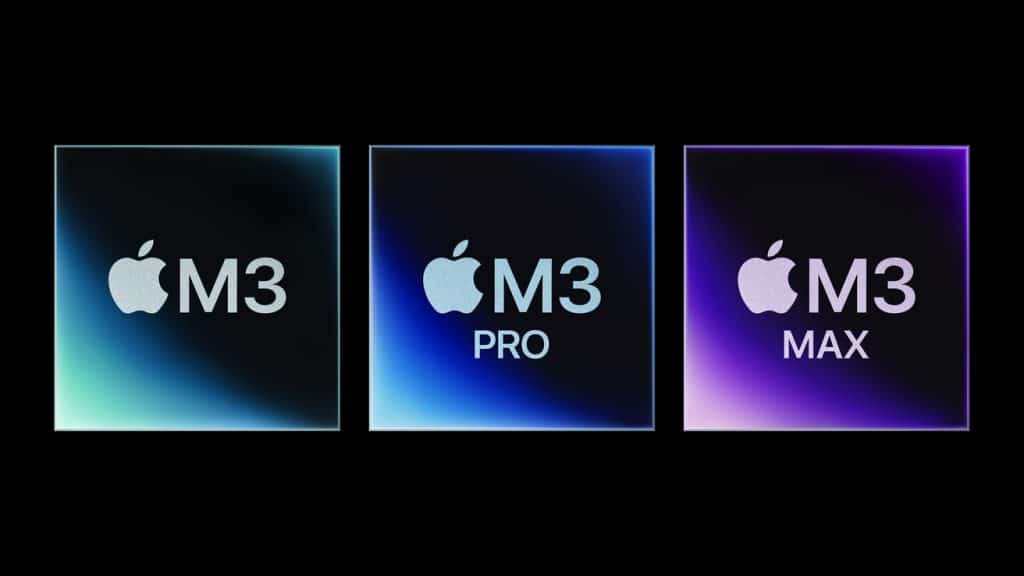For the first time in Apple’s history, the tech giant has simultaneously introduced an M series chip alongside its Pro and Max variants. This strategy marks a significant departure from previous releases, where chips like M1 and M2 were launched several months prior to their Pro and Max counterparts. The new M3 series brings the 3nm chip architecture to Mac, following in the footsteps of the ‘A17 Pro’ found in the iPhone 15 Pro, showcasing Apple’s commitment to uniform technological advancements across its devices.
A focal point of this innovation is the GPU, which now employs Dynamic Caching, a novel technique aimed at enhancing performance. This advancement in GPU technology aligns with Apple’s focus on graphics, further complemented by the inclusion of hardware-accelerated ray tracing.
The performance per watt has seen substantial improvements as well, with the M3 series achieving M1-level performance and graphics while consuming approximately half the power.
Apple Silicon M3
Specifications:
Apple Silicon M3 Pro
Specifications:
Apple Silicon M3 Max
Specifications:
The Neural Engine has not been left behind, now performing 16% faster than that of the M2, pushing the boundaries of machine learning capabilities on Mac.
Additionally, for the first time, users can experience up to 128GB RAM, a feature that professionals and power users have been eagerly anticipating.
